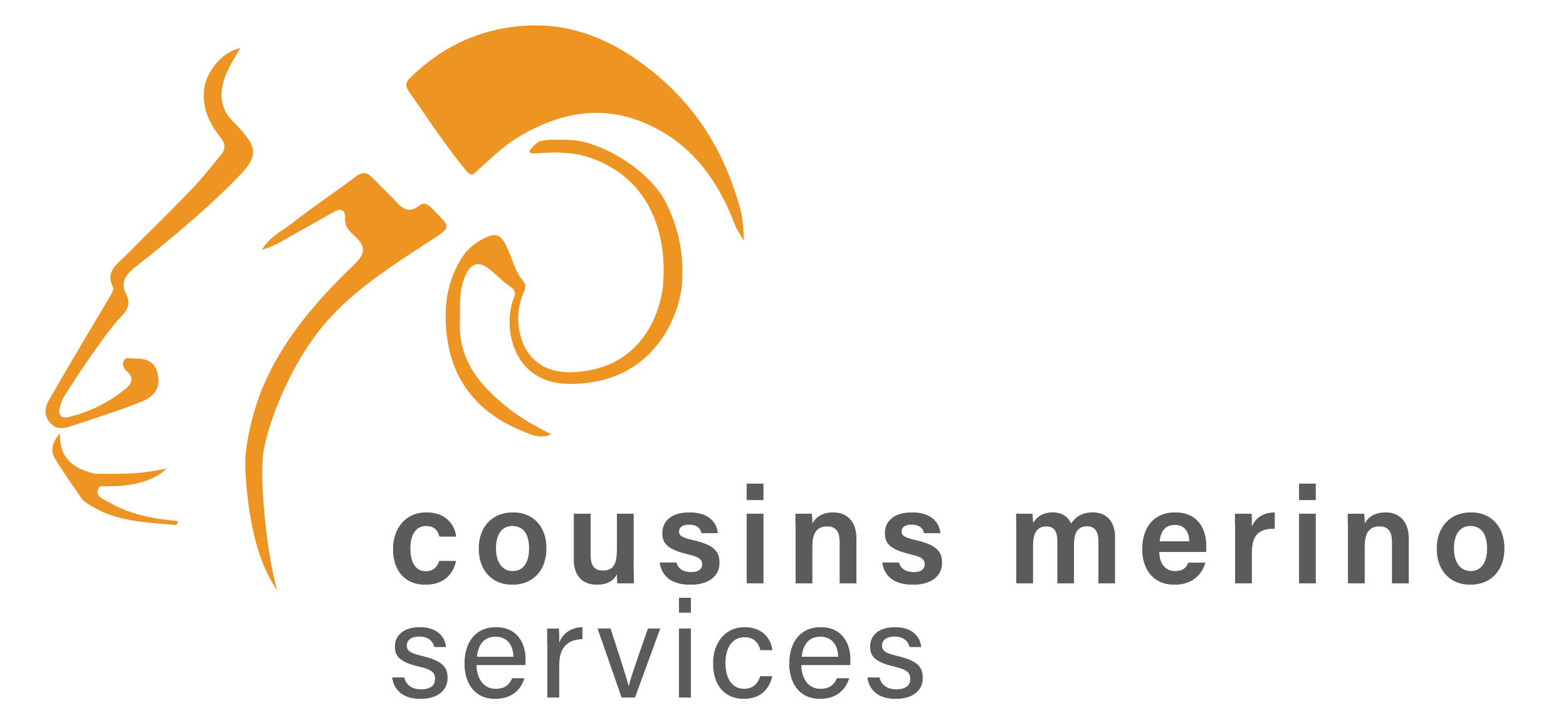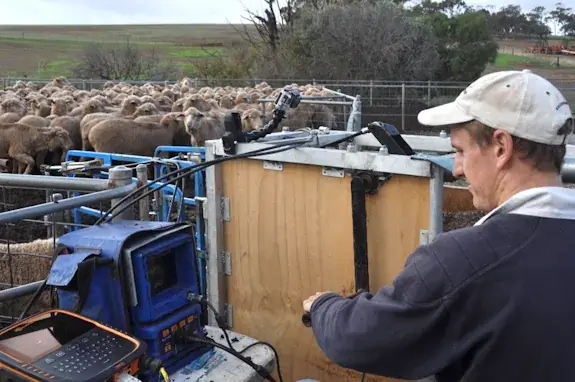Pregnancy scanning has become a valuable management tool of ewe flocks.
Benefits of scanning are:
- Ability to separate dry ewes
- Determination of foetal numbers
- Simpler and more efficient management of stock. Allowing the nutritional requirements of pregnant ewes to be met, increasing lambing percentage and dry ewes to be stocked at higher rates, sold or rejoined in the spring
- Marketing tool when selling ewes.
When is the best time to scan?
Scanning for pregnancy status only (Wet/Dry ewes) – can be scanned from 40 days after the removal of rams, up until lambing (based on 42 day joining).
Scanning for single/twin status (Multiples) – the optimal time is between 80 to 100 days from commencement of joining, identification is not possible following 100 days as it becomes more difficult to determine foetal numbers accurately.
Accuracy
The following factors have been known to affect the accuracy of pregnancy scanning. To ensure that you get the maximum benefit from scanning your sheep you need to be aware of these.
- Ewes full – Need to be kept off feed/water night before scanning. (min of 8 hours)
- Extended joining period.
- Inadequate staff – A minimum of 2 people and preferably 3 is required to ensure ewes move through in an uniform manner not only will this improve accuracy but if the scanner needs to get up to pushup sheep it leads to scanner fatigue & increased risk of injury of both scanner and equipment.
- Fat animals – Difficult to scan through fat layers.
In order to ensure that these factors are minimised it is important to know the date of ram entry and removal. To minimise your travel costs and to ensure that scanning can be done at the optimum time it is important to book as early as possible.
Scanning with eID (electronic identification)
Multiple options available dependant on scanner and producer.
- Stick Reader
- Record into own software program – stick reader or panel reader connected to computer/scale head.
- Automatically recorded by scanner utilising a scale head connected directly to ultrasound and a panel reader.

